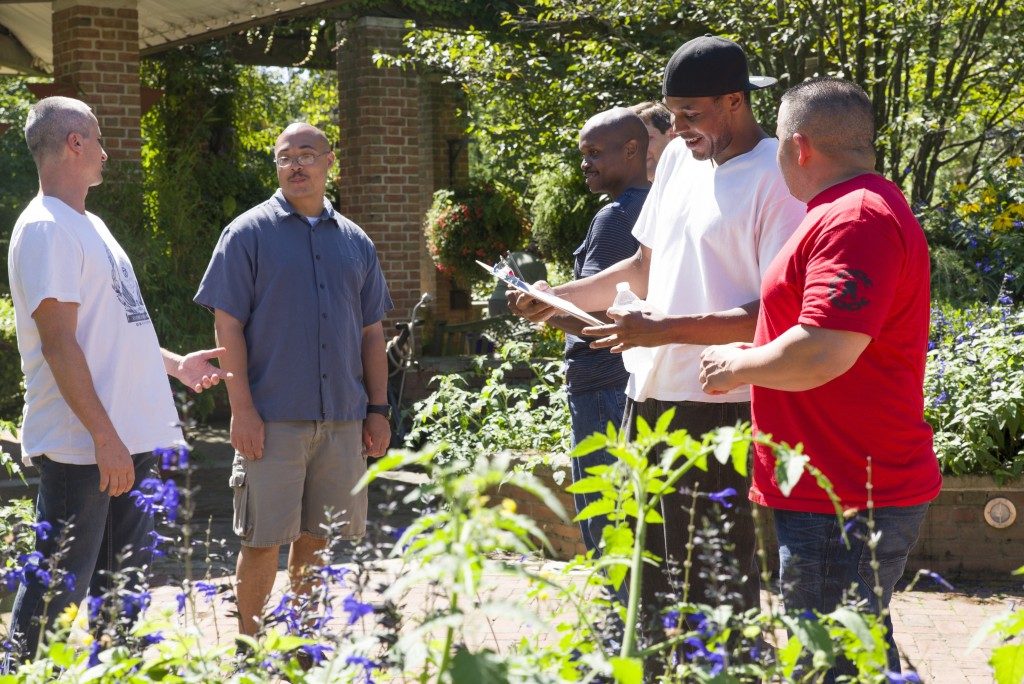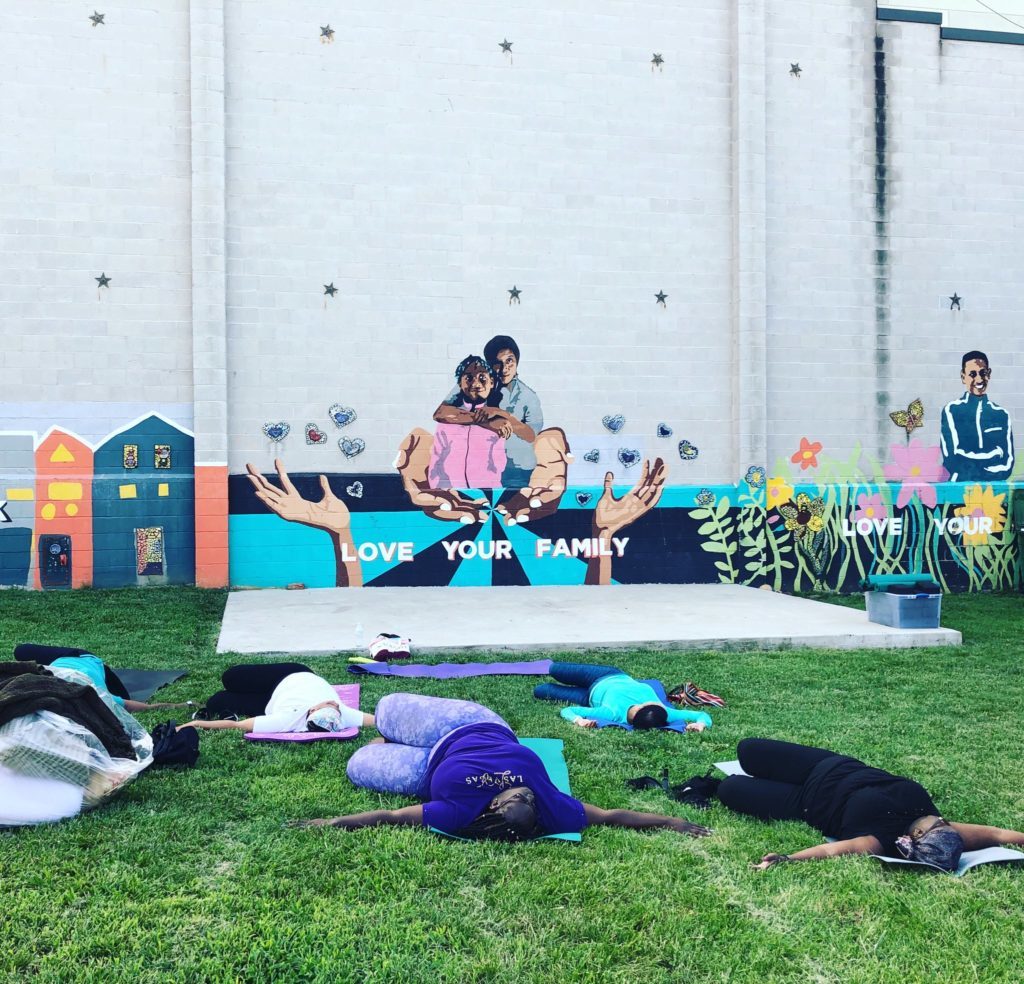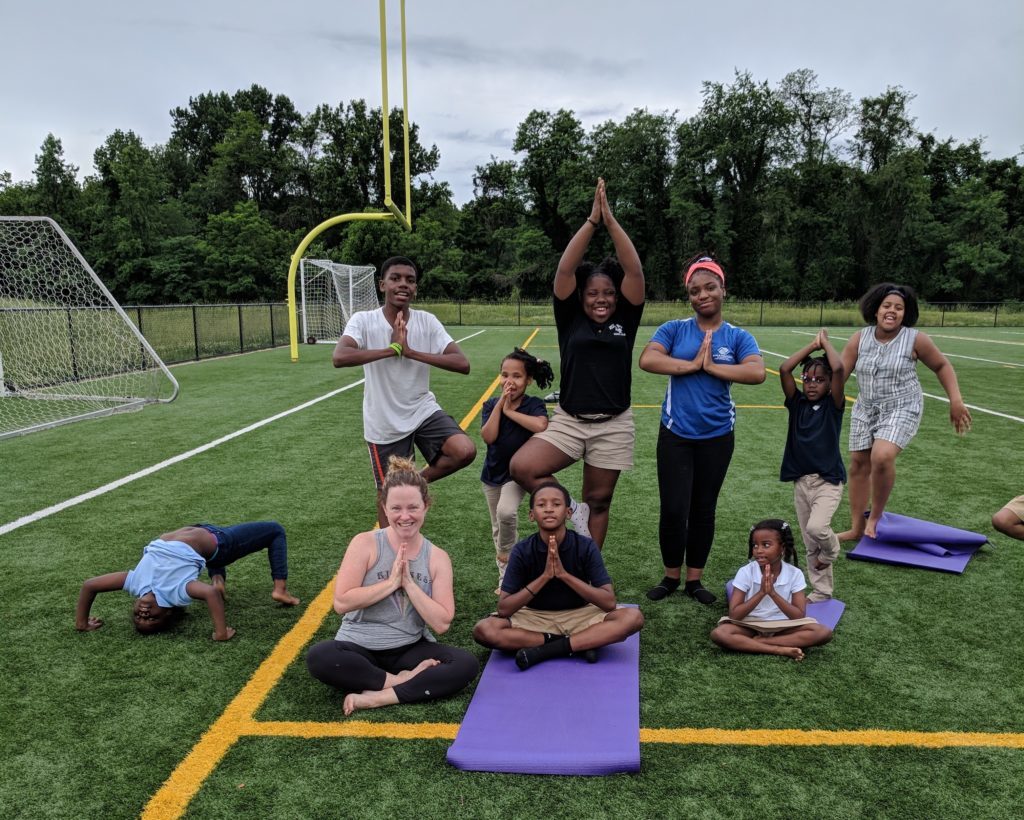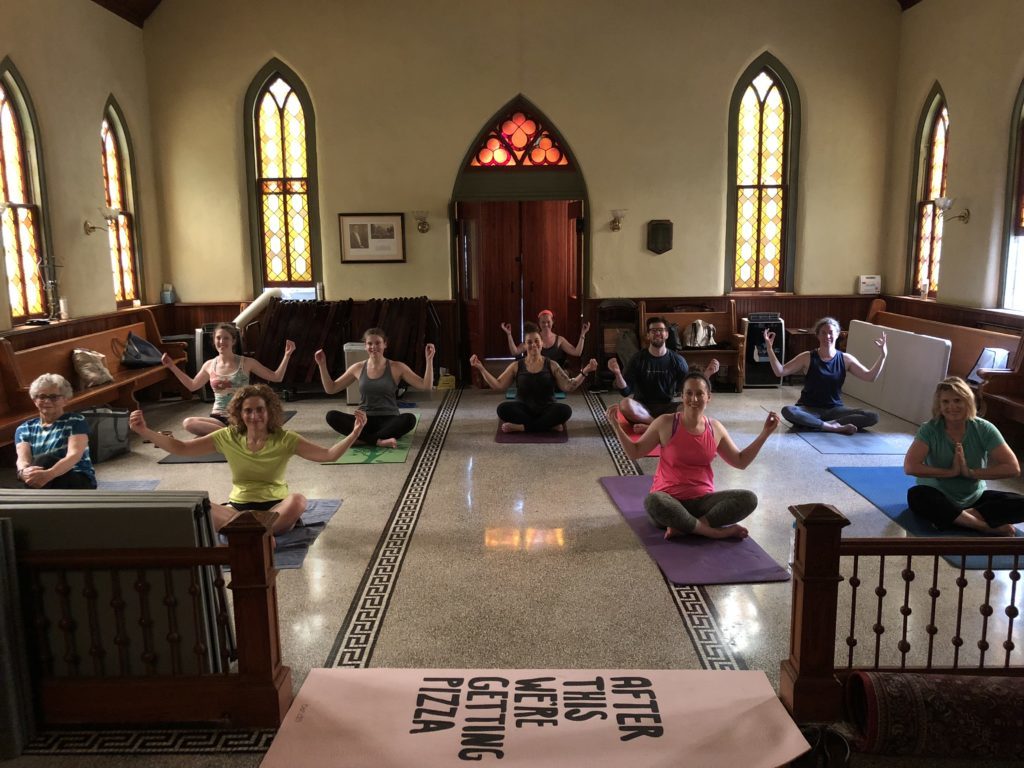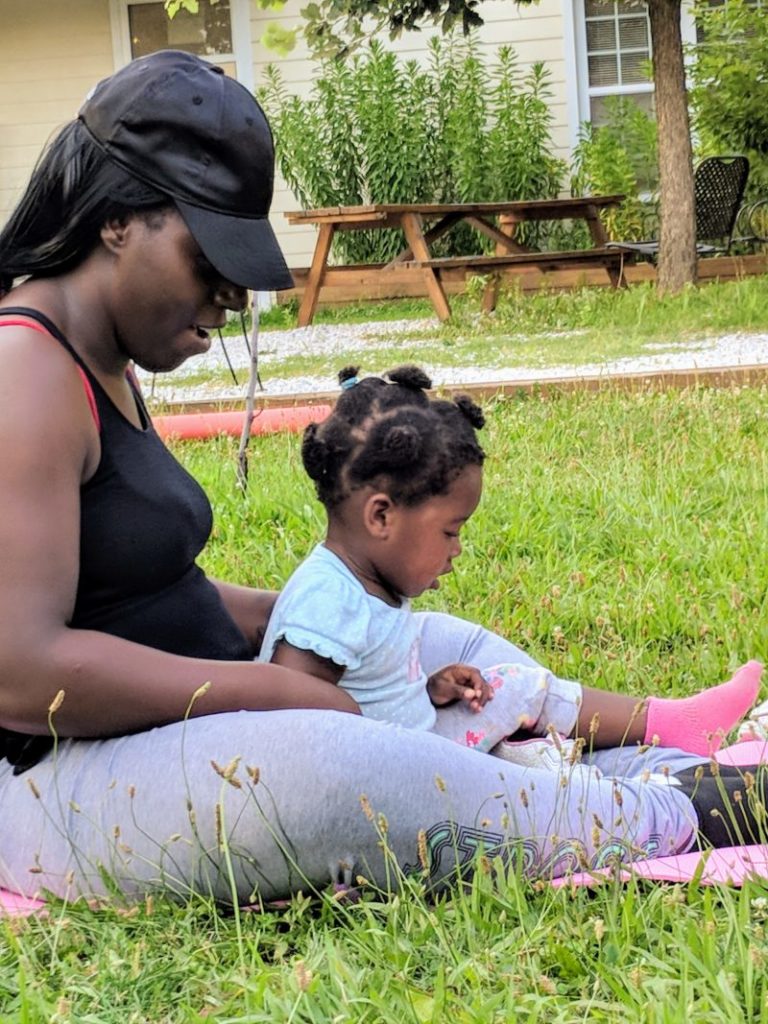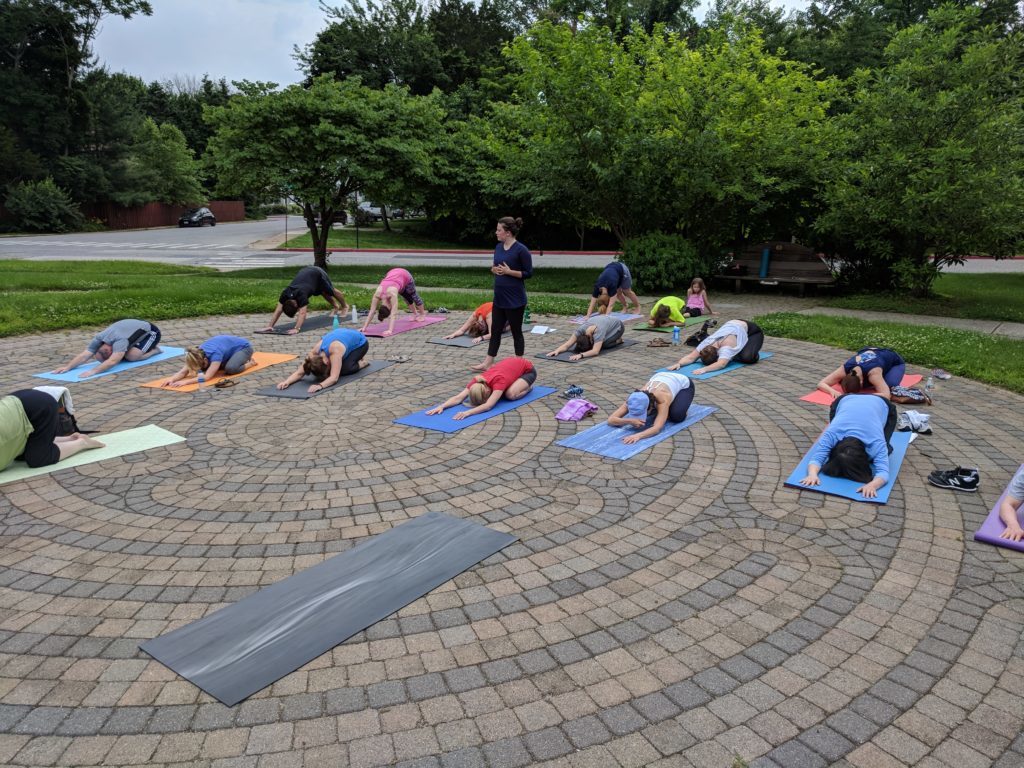The creation of a community green space is usually the result of a healthy blend of advocacy, community engagement, planning, cross-disciplinary collaborations—and good dose of sweat equity. Nonprofits and foundations (like us!) invested in this movement have focused on furnishing the evidence—the science that underscores nature’s health benefits and supporting resources to help communities advocate for, plan and design an evidence-based green space.
But then what? Too often, urban green spaces launch with all the right intentions—but lack the guide rails to deliver nature’s longer-term benefits with limited resources, per The Conversation. The question becomes: how to engage the community in nature in an ongoing manner? After all, that’s where the rubber meets the road in terms of reaping deeper, lasting benefits such as community unity, safer neighborhoods and restored minds.
“We’ve learned a lot over the last two decades from our Sacred Places and our research program—identifying what works in terms of evidence-based design and community engagement. It’s the engagement part we’re looking to put a finer point on. How do communities effectively bring their spaces to life—and keep them thriving? What works in terms of encouraging people to come, participate, get to know their neighbors and, in doing so, strengthen and unify?”
—Erin Robertson, Executive Director, TKF’s Nature Sacred
Programming—the green space superfood.
Offering ongoing events, programs and relevant means to gather together in nature are integral to the success of an urban green space. This kind of planning can be time consuming, but can make all the difference in helping a community feel engaged and supported.
Over the years, we’ve seen our Sacred Places host a wide breadth of program and events—from cultural celebrations and memorials to labyrinth walks and art classes, for examples. And, over the years, we’ve seen some of our green spaces flourish through these types of events—and others struggle to keep engagement going.
To that end, we’re piloting a few programs this year and rolling them out across a network of our Sacred Places—roughly 50 spaces located in Baltimore and Washington, DC and beyond—to better understand what kinds of programs work best. What are some models that we can share to other communities, cities and districts looking to improve health and strengthen? What does this kind of engagement and programming look like?

A Program Pilot: Customized Yoga in the Garden
In a partnership with Root To Rise Yoga, we’re embarking on a unique kind of “Yoga in the Garden” series to get things started, where we’re offering 10 free yoga classes to participating Sacred Places—held outside, in nature, of course. What’s unique about this kind of outdoor yoga is that we’re customizing each program to reflect the community’s unique DNA—for example, at the The League for People with Disabilities, wheelchair yoga is offered, and yogi Leslie Gibbons from Root To Rise recruits local talent best suited to engage this particular community. Likewise, in other urban neighborhoods where yoga is less familiar, we look locally to surface the right kind of instructor that will welcome newcomers in ways that feel comfortable and inclusive. Open. Inviting to all.
The goal here is accessibility—equity, really. We’re committed to ensuring that all populations have access to nature, regardless of zip code, background or circumstance. Our spaces are intentionally designed to be open and welcoming—inviting improved mental health, stress reduction, reduced depression and more.
Similarly, science continues to reveal the health benefits of practicing yoga. Outcomes can include reduced heart rates and blood pressure, relief for anxiety and depression, alleviated chronic back pain, and reduced inflammation. Moreover, yoga works to increases vitality and improve mindsets.
To that end, why should access to nature and yoga only be available to certain populations? Both are proven means to improve health—individually and collectively as communities. Doesn’t it make sense to infuse more of both in our cities and communities working to heal and strengthen? We think so—we know so. And we’re on a mission to share how this can work.
Yoga in the Garden is one of the various programs we’ll be piloting across our network of Sacred Places, which we will chronicle here—surfacing the stories, images, and concepts for inspiration.
Below is a collection of images from some of our first sessions. We love to see the different complexion each class takes on—customized to welcome newcomers and connect people together, in nature, in meaningful, mindful ways. Watch this space for more as we go.
